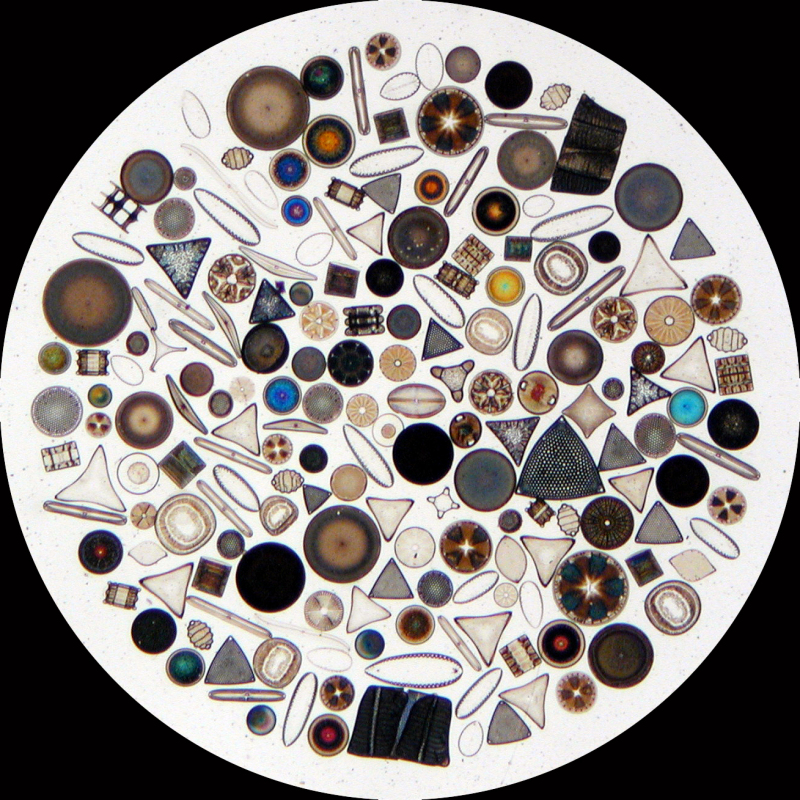If I showed you conclusive evidence that humans can take up mercury and lead by showing you tissue samples with and without a control, would you also conclude that mercury and lead are useful and should be part of a balanced diet? I've seen plenty of studies showing good conclusive evidence of silicon uptake. There's no debate there. If possible, I'd rather my weed NOT have glass in it if it doesn't really do anything.
Also, there's a difference between "trace" elements like zinc, molybdenum, manganese, and boron, and not used for anything elements like silicon.
This is a ridiculous ideal. So you're saying the plant has glass in it if it has silica in it? Wow I think we should all ignore you based on that statement. I'm not being rude but you're confused. It's almost hard to argue with the shear volume of ignorance.
Rigidity in stems is not caused by silicon/glass, it's caused by fibers of cellulose, and a high water pressure.
Water pressure is increased with higher levels of potassium... That causes greater rigidity!
http://en.wikipedia.org/wiki/Cell_wall#Rigidity_of_cell_walls
The fact that you don't understand how silica is a catalyst for cell structure might be the problem with you're whole understanding of the universe.
Diatoms and silica
Silica is arguably the most important part of diatom biology and
ecology. The weight of silica influences the cell's float/sink equilibrium, and influences cell size and accumulation of photosynthetic storage products. Silica also allows for rigid, elaborate cell shapes. Diatom tests are preserved and compacted on the sea floor due to the presence of silica; therefore, it is the key to all the
paleontological and
industrial uses of diatomaceous earth and deep-sea cores.
In life, diatoms
accumulate silica, (SiO2) as a structural element in their cell walls. The silica need of a diatom may be so great relative to the silica concentration of seawater, that it restricts diatom growth. Furthermore, because solid silica is more dense than seawater, it tends to make diatoms sink into the depths - a true Hades for these organisms, dependent on light in the surface waters for photosynthesis and life.
It is important to realize that silica is one component of a successful organism. Diatoms have evolved a whole host of features that go along with the weight of silica tests to place the cells at the most
advantageous position available, both physically in the water and in an evolutionary sense.
Given these limitations, it is perhaps surprising that diatoms have survived evolutionary processes for 100 million years. The limitations of silica might just be a hold-over from their early evolutionary development, a time when conditions in the sea were different or the environment was somehow less selective. But most likely, such limitations may have other very significant advantages that benefit the diatom in life. There has been a great deal of speculation of late as to why diatoms accumulate silica in their cell walls, or from another angle, why a proto-diatom should have been evolutionarily successful.
Recent studies into the mechanisms by which silicification proceeds have identified the following: an energy-dependent Si transporter; Si as a biologically active element triggering natural defence mechanisms; and the means by which abiotic toxicities are alleviated by silica. A full understanding of silica formation
in vivo still requires an elucidation of the role played by the environment in which silica formation occurs. Results from
in-vitro studies of the effects of cell-wall components associated with polymerized silica on mineral formation illustrate the interactions occurring between the biomolecules and silica, and the effects their presence has on the mineralized structures so formed.
Scope
This Botanical Briefing describes the uptake, storage and function of Si, and discusses the role biomolecules play when incorporated into model systems of silica polymerization as well as future directions for research in this field.


